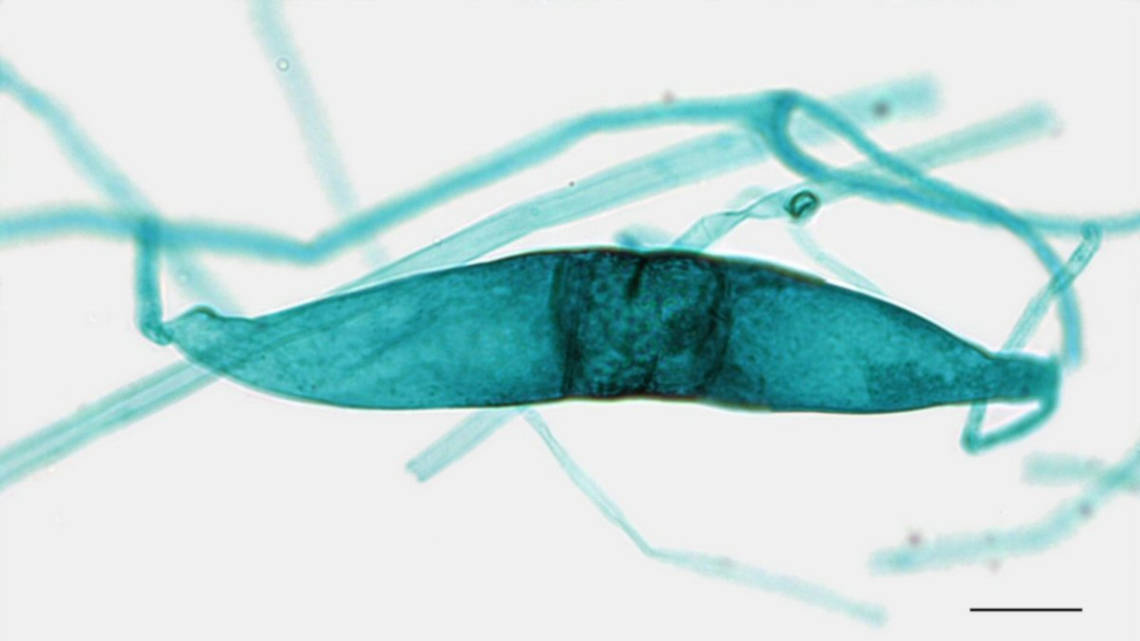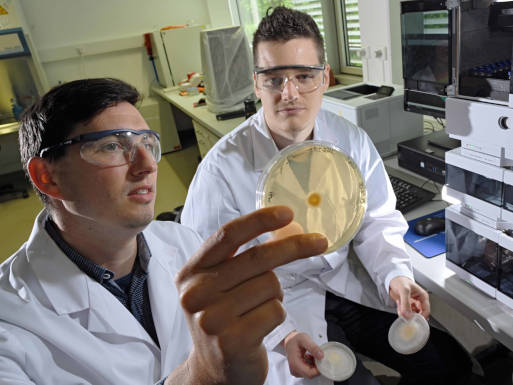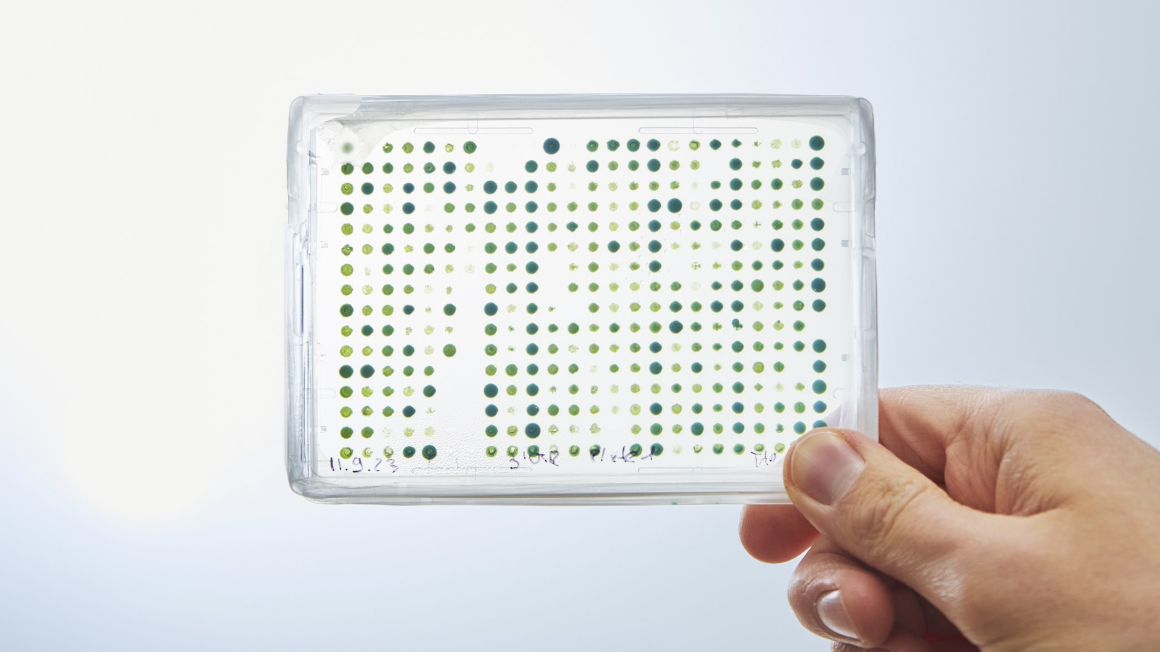Fungus surfactants for medicine
Pharmacists at the University of Jena have discovered highly effective surface-active peptides called malpinins in the secondary natural substances of a soil fungus.

The history of surfactants began more than 4,500 years ago with the production of the first soap-like substance from olive oil and wood ash. Today, it is impossible to imagine everyday life without these active washing substances, which can be found in practically every detergent. As emulsifiers they have even found their way into food, because surface-active agents reduce the interfacial tension between two phases and make it possible to blend water and oil. Modern surfactants are also usually biodegradable.
More effective than SDS
Pharmacists at the Friedrich Schiller University in Jena have now discovered a previously unknown group of secondary natural substances in the metabolism of the soil fungus Martierella alpina. The so-called malpinins act as strong surfactants. "Even very tiny amounts of malpinins form a head of foam on the top of the sample vial," explains pharmaceutical doctoral student Florian Baldeweg. Their effect is even superior to sodium dodecyl sulphate (SDS) used in many detergents, the Jena researchers report in the specialist journal "Organic Letters".
Dr. Markus Greßler (l.) and doctoral student Florian Baldeweg are investigating a fungal culture of Mortierella alpina. The scientists were able to prove that the fungus produces large amounts of a surface-active peptide.

Transporting drugs through cell membranes
However, the Jena researchers have other plans for the malpinins. "We want to test whether their properties could make the malpinins useful in pharmacology," explains Markus Greßler, head of the research group. The surfactant properties make it possible to make biological membranes, most of which consist of fats, permeable to certain substances. Greßler hopes, for example, that it will be possible to transport drugs into cells. Greßler's research group is now hoping to test this.
Fungus with great potential
The soil fungus Martierella alpina is not unknown in biotechnology, but is already used to produce long-chain fatty acids such as arachidonic acid, which is used as a food supplement, for example for baby food. However, lower fungi such as these have largely been disregarded as sources of secondary natural substances - probably an error, as Greßler notes: "Studies on the genome of M. alpina have shown that the fungus can produce many more natural products, and the malpinins are just one small group of them".


